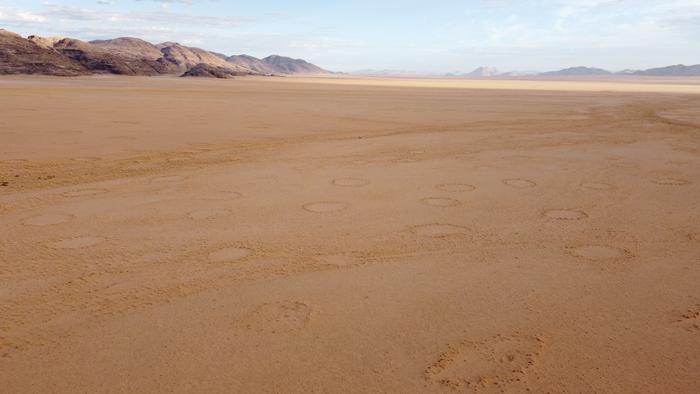Fairy circles are mysterious patterns of bare soil often surrounded by plants and other vegetation. The name was originally taken from the fairy circles found in Europe, which are usually surrounded by mushrooms. The origins of these circles have been debated for decades, but a new study shows that they could exist in even more places than we previously believed.
These natural circles were thought to only be in the Namib desert and the Australian outback. However, a new study suggests they could be found in up to 15 different countries across three continents. The study was published this month in the journal Proceedings of the National Academy of Sciences (PNAS), indicating there could be up to 263 fairy circle sites worldwide.

However, the study’s information isn’t exactly 100 percent proven just yet. That’s because the researchers utilized AI to sift through various satellite images of the world, looking for anything resembling the fairy circles found in Australia and the Namib desert. The expanded areas these circles could exist in include Namibia, the western Sahara desert, the Horn of Africa to the East, the island of Madagascar, southwestern Asia, and central Australia.
Understanding the different environments where these fairy circles exist could also help us pinpoint their origins, and those previous studies have given us a good direction to look. According to earlier studies, the fairy circles found through the Namib desert are caused by sand termites, and so far, the evidence seems to back up that notion.
Of course, other possible explanations exist, depending on who you ask. Perhaps these fairy circles result from something supernatural, as many believe the mushroom-surrounded European circles do. While unlikely, it is at least a romantic idea to think of them in such a way. However, science seems to dictate – for the moment at least – that sand termites are the cause of these intriguing natural formations.








